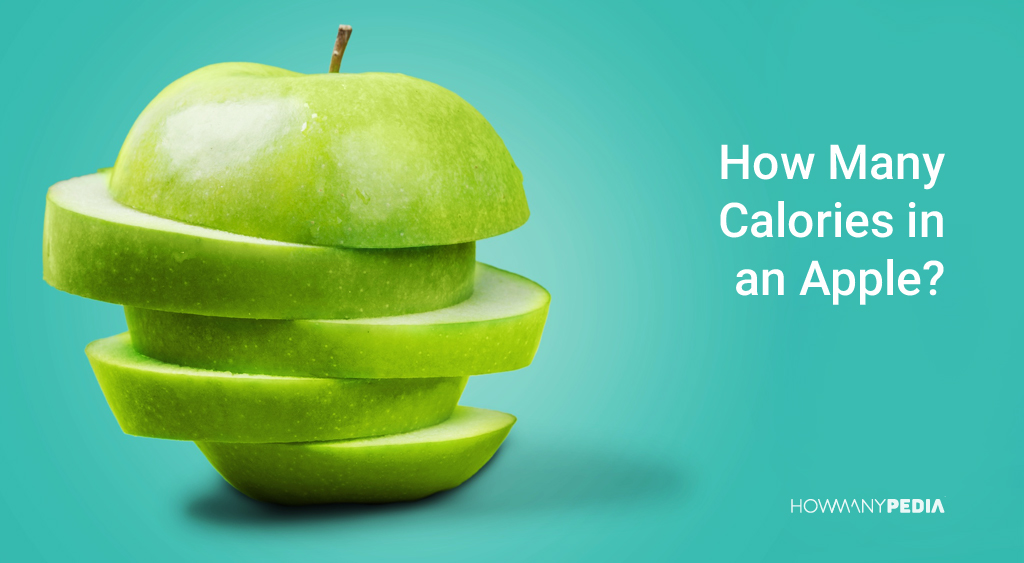


#ONE GALA APPLE JUICE CALORIES FREE#
Only a fraction of phenolic compounds is found in free form and major fractions are bound to cell wall in plant tissues. The nutraceuticals benefit of apple juices are mainly because of rich phytochemical composition which includes total phenolics and antioxidant activity.Īntioxidant activity of apple juice is largely provided by vitamin- C and polyphenol content apart from carotenoids and vitamin E, with polyphenols being the major contributor of around 80% of the antioxidant activity and vitamin C around 5% (Gliszczynska-Swiglo & Tyrakowska 2003).

#ONE GALA APPLE JUICE CALORIES MANUAL#
Table 1 summarizes the compositional and nutritional characteristics of apple juices (per 100 g) (adopted from the USDA manual 2014). Among micronutrients only vitamin C content is higher and in minerals potassium, phosphorous and calcium are the most prevalent in apple juice (Lee 2012). Protein content and amino acid composition of apple juice is significantly low with aspartic and glutamic acid being the most predominantly present amino acids presenting in the juice. The most common sugars present in the apple juice include fructose, glucose and sucrose. Fresh matured apples are chosen for production of fruit juices, where large amount of starch content would have been converted into sugars. The famous phrase “an apple a day keeps a doctor away” refers to the special health benefits offered by the phytochemical composition of apple juice (polyphenols and antioxidants). For instance, the loss in the vitamin C content in the clear apple juice is more, than cloudy apple juice because the former requires double pasteurisation treatment as compared to the single pasteurisation treatment of the later (Massini et al. Processing methodology to extract juice plays a vital role in nutritional composition of yield juice. Nutritional content of apple juice is influenced by many spheres of factors which include type of cultivar, maturity, climate and processing methodology to extract juice. Apple juice is considered as a functional food due to its health promoting benefits apart from its nutritional content (Rupasinghe & Yu 2012). Apple juice is the second most widely consumed fruit juice and popular among all age groups owing to its native taste. Due to its convenience and ability to be processed into fruit juice, their consumption has been shifted towards fruit juice. Granny smith apples are known for its delicious tart flavour and crunchy. Fuji apples are super sweet and flavourful apple. Gala is a crisp and has an aromatically sweet feature. Red delicious a red bright apple renowned for crunchy texture and mildly sweet flavour. Some of the common varieties of apple are Classic red, Honey crisp apple, Gala, Granny smith, McIntosh golden and Red delicious. Graphical AbstractĪpples ( Malus domestica) are one of the most commonly consumed and widely appreciated fruit due to its nutritional benefits. Though all the non-thermal process require a hurdle approach for inactivation of enzymes, HC can be a better alternative in terms of operating costs and ease in handling the bulk volumes of juice. These exhibited promising results in terms of minimising physical, chemical, enzymatic and microbial deterioration of the apple juice while still retaining a high percentage of nutritious components. This study aimed to find the influence of these mechanisms on the quality and composition of apple juice.Īpple juice processing has been successfully examined using non-thermal techniques. High pressure processing (HPP), pulsed electric field (PEF), ultrasound, pulsed light, UV, high-pressure homogenization (HPH) and hydrodynamic cavitation (HC) are all examples of novel procedures tested and tried for the better retention of nutritional and phytochemical composition in apple juice. Due to the demand of wholesome nutritious product, there arises a need for adoption of novel non-thermal techniques as they help to retain the nutritional content and at the same time aid in improving the shelf life as compared to the thermal treatment. However, the shelf life of apple juice is limited by detrimental effect of enzymes. Regular consumption of apple juice is associated with reducing the risk of cancer, cardiovascular related diseases, asthma and diabetes. Fresh apple juice is one of the most popular and consumed juice, owing to its pleasant taste, natural flavour and nutritional richness.


 0 kommentar(er)
0 kommentar(er)
